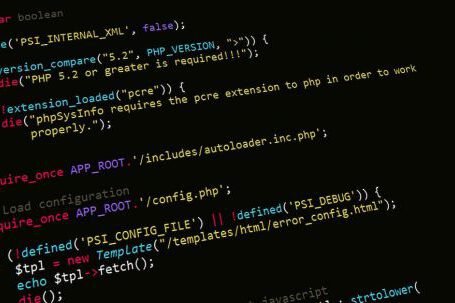Introduction
The General Data Protection Regulation (GDPR) has brought significant changes to the way organizations handle and protect personal data. This EU regulation has far-reaching implications for IT projects, as they often involve the processing of personal data. To ensure compliance with GDPR, organizations need to adopt specific strategies and practices that address the requirements and principles set forth by the regulation. In this article, we will explore some effective strategies that can help IT projects achieve compliance with GDPR.
1. Conduct a Data Inventory and Mapping
A crucial first step in ensuring compliance with GDPR is to conduct a thorough data inventory and mapping exercise. This involves identifying and documenting all the personal data that an IT project processes, stores, or transfers. By understanding the flow of personal data, organizations can assess the risks associated with data processing activities and implement appropriate safeguards and controls.
2. Implement Privacy by Design and Default
Privacy by Design and Default is a fundamental principle of GDPR. It requires organizations to consider data protection and privacy from the inception of any IT project. By integrating privacy into the design and development process, organizations can minimize privacy risks and ensure that data protection measures are in place at all stages of the project. This includes implementing privacy-enhancing technologies, conducting data protection impact assessments, and adopting privacy-friendly default settings.
3. Establish Data Protection Impact Assessments (DPIAs)
DPIAs are a vital tool for identifying and mitigating privacy risks in IT projects. GDPR mandates conducting DPIAs for projects that involve high-risk processing activities. By conducting a DPIA, organizations can assess the potential impact of data processing on individuals’ privacy and take necessary measures to minimize risks. DPIAs also help organizations demonstrate compliance with GDPR and build trust with data subjects.
4. Implement Data Minimization and Purpose Limitation
Data minimization and purpose limitation are key principles of GDPR that organizations must adhere to. IT projects should only collect and process personal data that is necessary for the intended purpose. By minimizing the amount of personal data collected and limiting its use to specific purposes, organizations can reduce privacy risks and ensure compliance with GDPR. Implementing appropriate data retention and deletion policies is also essential to comply with the principle of storage limitation.
5. Ensure Transparency and Consent
Transparency and consent are critical components of GDPR’s accountability and individual rights. Organizations must provide clear and concise information about the processing of personal data to individuals. Consent should be obtained in a transparent manner and should be freely given, specific, and informed. IT projects should implement mechanisms that enable individuals to exercise their rights, such as the right to access, rectify, and erase their personal data.
6. Implement Robust Security Measures
IT projects involving personal data must have robust security measures in place to protect against unauthorized access, loss, or disclosure of personal data. Organizations should implement technical and organizational measures to ensure the confidentiality, integrity, and availability of personal data. This includes encryption, access controls, regular security assessments, and staff training on data protection.
7. Conduct Regular Audits and Assessments
To ensure ongoing compliance with GDPR, organizations should conduct regular audits and assessments of their IT projects. These assessments can help identify any gaps or areas of non-compliance and enable organizations to take corrective actions. Regular audits also demonstrate a commitment to continuous improvement and accountability in data protection practices.
Conclusion
Compliance with GDPR is a crucial consideration for IT projects involving personal data. By implementing strategies such as conducting data inventories, privacy by design, DPIAs, data minimization, transparency and consent, robust security measures, and regular audits, organizations can ensure compliance and build trust with individuals whose data they process. It is essential for organizations to prioritize and integrate GDPR compliance into their IT projects to protect personal data and avoid potential legal and reputational risks.





